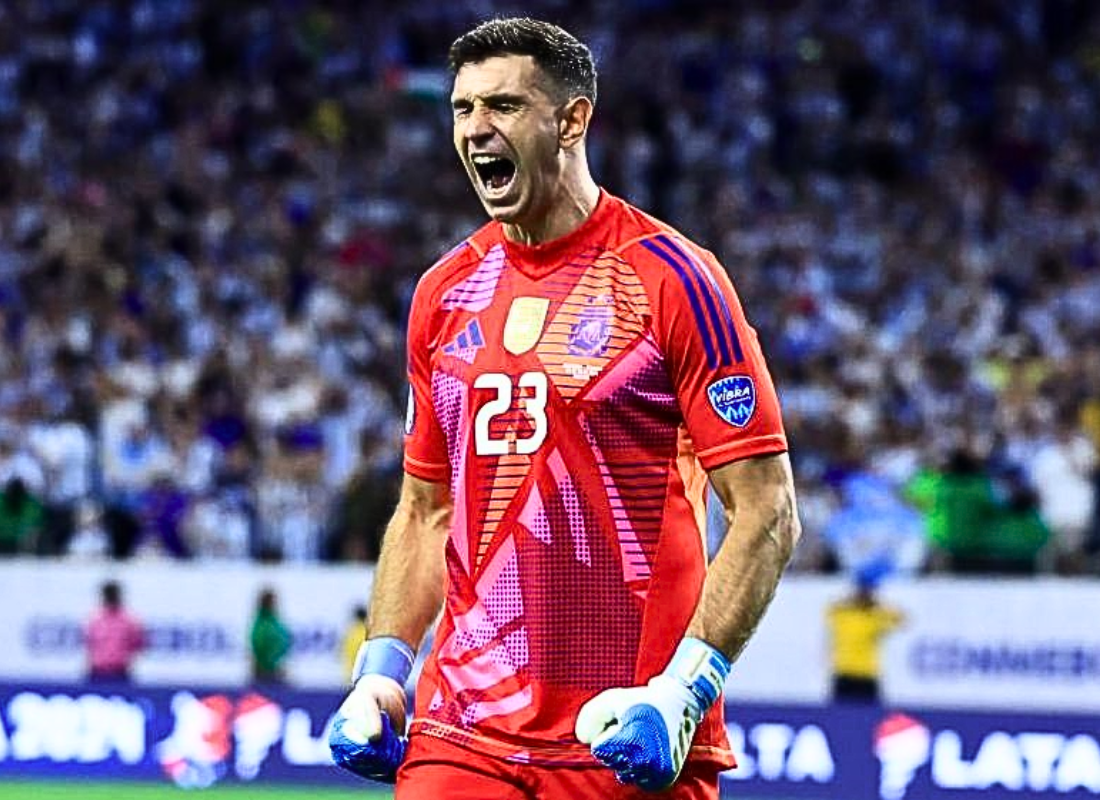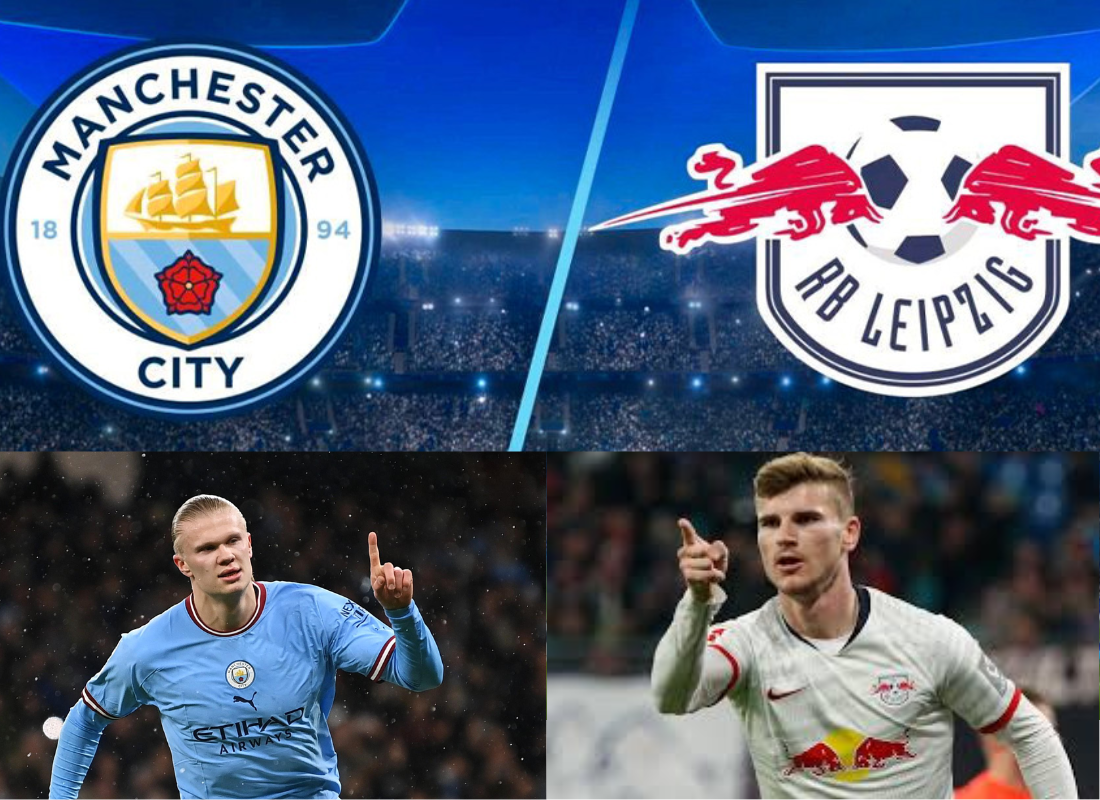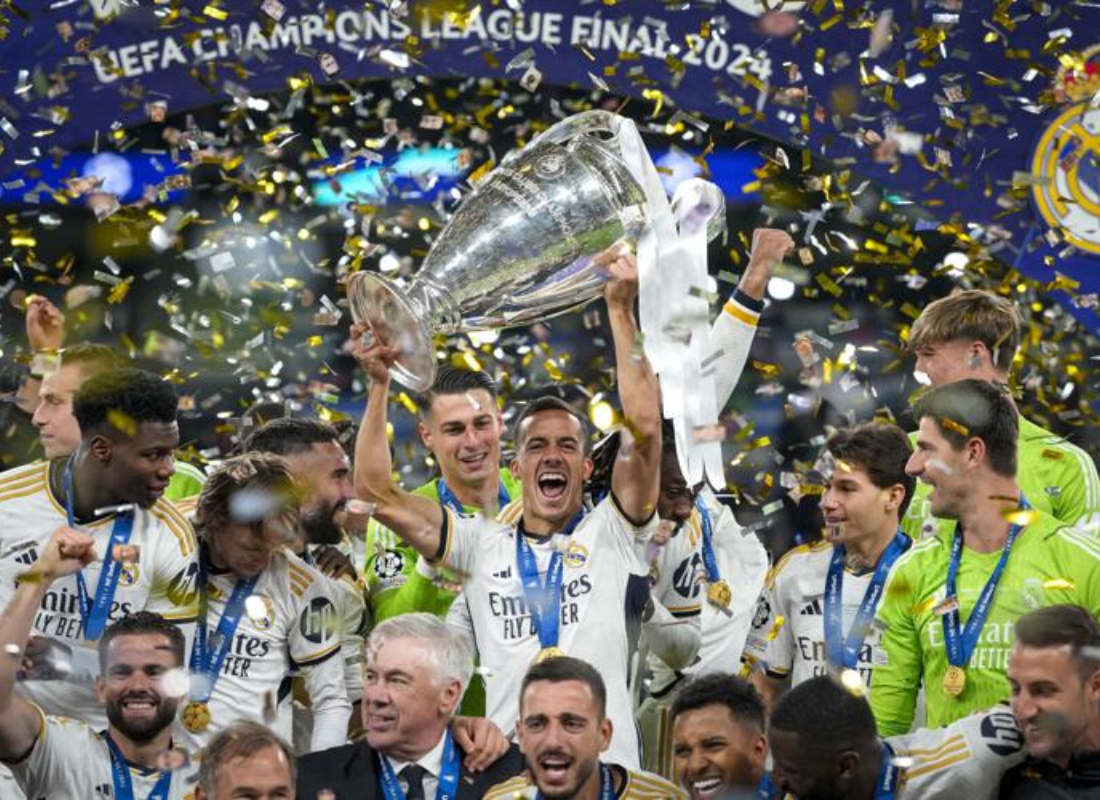Is Mexico’s reign over the United States now in question? We delve into the factors behind the Leagues Cup disappointment and analyze what lies ahead for the Campeones Cup and the events of the upcoming year.
As Lionel Messi celebrated his Leagues Cup victory with Inter Miami on August 19, securing his first championship with the club and marking their inaugural title, the narrative south of the U.S. border took a different direction.
Out of the 47 teams participating in the tournament, comprising 29 from MLS and 18 from Liga MX, only one Mexican team, Monterrey, reached the semifinals. Inter Miami’s triumph represented the second occasion, following 2022, in which an MLS team had clinched the championship in a competition against Mexican rivals.
Naturally, this led to criticism and raised questions within Mexico. With these recent results in mind, is the era of Mexican soccer dominance on the decline?
Well, my friend, USA is moving more towards soccer, so we are probably in the end times for Mexican dominance in the Gold cup.
— Chill Boss (@ChillBoss9) August 2, 2021
Can Tigres alter the trajectory for Mexican squads as they prepare to face Los Angeles FC in the Campeones Cup duel this Wednesday?
A narrative of Liga MX’s difficulties in the Leagues Cup
The competition got underway on July 21 with a series of five matches, and the spotlight was on the Cruz Azul versus Inter Miami clash. This event, held at the DRV PNK Stadium in Fort Lauderdale, Florida, marked Lionel Messi’s debut with the MLS team.
Messi’s presence had a profound impact as he secured a victory for his team with a remarkable free-kick goal in the 94th minute. This result paved the way for two divergent paths: Miami would go on to claim the championship, while Cruz Azul, a cherished Mexican team, would part company with Ricardo Ferretti, who served as the team’s manager.
Hérculez Gómez, an ESPN analyst, acknowledged that the “Messi effect” played a pivotal role in the tournament’s commercial success. He also highlighted that the prospect of MLS teams competing against Liga MX teams was one of the most alluring aspects of the Leagues Cup.
Managing the Leagues Cup, which featured 47 teams, posed logistical challenges right from the start. During the initial phase, attempts were made to minimize travel distances by grouping teams with some geographical proximity.
Nonetheless, it was evident that MLS clubs had a home-field advantage. While travel distances were relatively short for Mexican clubs during this phase, their initial journeys were grueling. For instance, UNAM Pumas undertook a demanding five-hour, 3,710-kilometer flight to play their first group match against Montreal. In contrast, DC United had a significantly shorter one-and-a-half-hour flight covering 788 kilometers to reach the same Canadian city.
MLS Commissioner Don Garber expressed his belief that hosting the Leagues Cup in the United States made economic sense. He stated that he saw no reason to relocate the tournament but mentioned that a comprehensive evaluation would take place once the event concluded. Without any exceptions, every Liga MX team had to embark on journeys to participate in the tournament. In contrast, some MLS teams didn’t have to travel at all.
Philadelphia, the team that secured its spot in the 2024 CONCACAF Champions Cup by defeating Monterrey in the third-place match, enjoyed the advantage of hosting all seven of its games. As the reigning MLS champion, LAFC managed to skip the group stage and played its three matches in Los Angeles. However, they had to “relocate” from BMO Stadium to the Rose Bowl for their quarterfinal match due to a concert by the Mexican artist Marco Antonio Solís.
In the meantime, Monterrey accumulated a staggering distance of over 15,000 kilometers in air travel while playing seven games in just about a month. Monterrey stood out as the team that had to travel the most to fulfill its commitments in the Leagues Cup. Throughout the tournament, concerns were raised about the format and logistics, including reservations about the entire competition being hosted exclusively in the United States.
José Antonio Noriega, the president of Monterrey, vented his frustrations, saying, “I’m speaking on behalf of all the Mexican teams, which have encountered various challenges. There’s a lot of room for improvement due to perceived injustices, and I hope they address these issues because the current situation is far from ideal,” ahead of their match against LAFC.
Because the Leagues Cup involves a partnership between Liga MX and MLS, Garber’s statements hold more significance, as they highlight that even the owners of Mexican clubs themselves approved of this logistical model, which included extensive travel and tight scheduling between matches. In essence, the Liga MX club owners share at least partial responsibility for the challenging conditions faced by Liga MX teams.
However, there are currently no intentions to schedule matches in both Mexico and the United States by 2024.
Within the Leagues Cup organizing committee, conversations are already in progress regarding potential alterations to the format. According to sources with knowledge of the matter, one proposal under consideration involves granting certain Liga MX teams access to shared venues within MLS stadiums situated in regions with a substantial Mexican American population. These teams would host their matches there based on their performance and the identity of their potential opponents.
The Leagues Cup: an innovative revelation collaboratively developed by Liga MX and MLS
The present configuration of the Leagues Cup was first introduced in September 2021 during a presentation that featured Don Garber, the MLS commissioner, Victor Montagliani, the president of CONCACAF, and Mikel Arriola, who had been heading Liga MX for less than a year.
During that event, Arriola commented, “We are thrilled to announce the groundbreaking introduction of the new competition framework established by CONCACAF, which incorporates an expansion of the Leagues Cup.” The remarkable aspect of this announcement was the unprecedented nature of a tournament where all the teams from two distinct international leagues competed for a shared trophy.
While Arriola officially unveiled the tournament alongside Garber and Montagliani, the original concept from the Mexican side did not originate with him. Back in 2018, Enrique Bonilla, the former executive president of Liga MX, had disclosed their intention to explore the possibility of merging MLS and Liga MX, particularly after the announcement that the United States, Canada, and Mexico would jointly host the 2026 World Cup. Bonilla had stated in London, “It is a possibility, a North American league.”
In March 2021, FIFA President Gianni Infantino expressed optimism about this idea. However, the collapse of the European Super League in April of the same year undeniably reshaped the landscape. Five months later, the Leagues Cup was resurrected as a realization of Bonilla’s long-standing vision.
Outcomes (and information) deserving of scrutiny
While the 2023 Leagues Cup concluded with a final between two MLS teams, the outcomes of matches involving teams from both leagues didn’t strongly favor one side or the other.
In the current season, visiting MLS teams have achieved wins in 23 percent of their away games. In the context of the Leagues Cup, Liga MX teams secured victories in 36.7 percent of their matches within the regular 90 minutes, highlighting the competitive nature of both leagues. Interestingly, MLS teams came out on top in seven out of the 12 penalty shootouts against Mexican teams in the Leagues Cup.
In contrast, MLS teams have only won 11 percent of the matches they’ve played in Mexico for the CONCACAF Champions League since 2018. In simpler terms, it’s three times more likely to witness a Liga MX team winning in an MLS stadium than an MLS team succeeding in a Liga MX stadium.
“I believe that if the Leagues Cup were held in Mexico, you would see Liga MX teams defeating MLS teams,” remarked New England Revolution defender Omar González during the competition. Despite these reassuring statistics, seeing an MLS team lift the cup in a tournament where Liga MX teams also participate isn’t something that Mexican soccer enthusiasts find appealing.
It’s worth noting that while the tournament’s structure may not have favored the performance of Mexican teams, the Leagues Cup format was approved by the same executives within Liga MX. According to Garber, these leaders see a clear financial advantage in hosting the competition entirely in the USA.
“The owners of Mexican soccer have prioritized financial gains,” observed Gómez. “They are focused on the potential long-term economic benefits. It’s the same reason the Mexican national team plays in the United States, capitalizing on the nostalgia of Mexican-American fans,” he continued.
In essence, if Mexican fans want to assign blame for the seemingly unfavorable conditions presented by the Leagues Cup for their favorite teams, they should consider not only those managing the northern league but also those in leadership positions within their own league.
ALSO READ:
- Ronaldo rested, Al-Nassr scores five, featuring Sadio Mane
- Messi Lights Up MLS Season Opener as Beckham Watches
- Salah’s Goal Lifts Liverpool Over Brentford, Extends Lead












